If you have experience with gardening, you’ll likely have experimented with growing herbs, learning that it’s actually fairly easy to do–that is, if you know what you’re doing. Unfortunately, many newbie gardeners don’t know these things, struggling because they’re not informed about the unique care routines that different herbs need. So, to ensure that your herb garden grows smoothly, here are some herbs that you’re probably growing wrong.
Basil
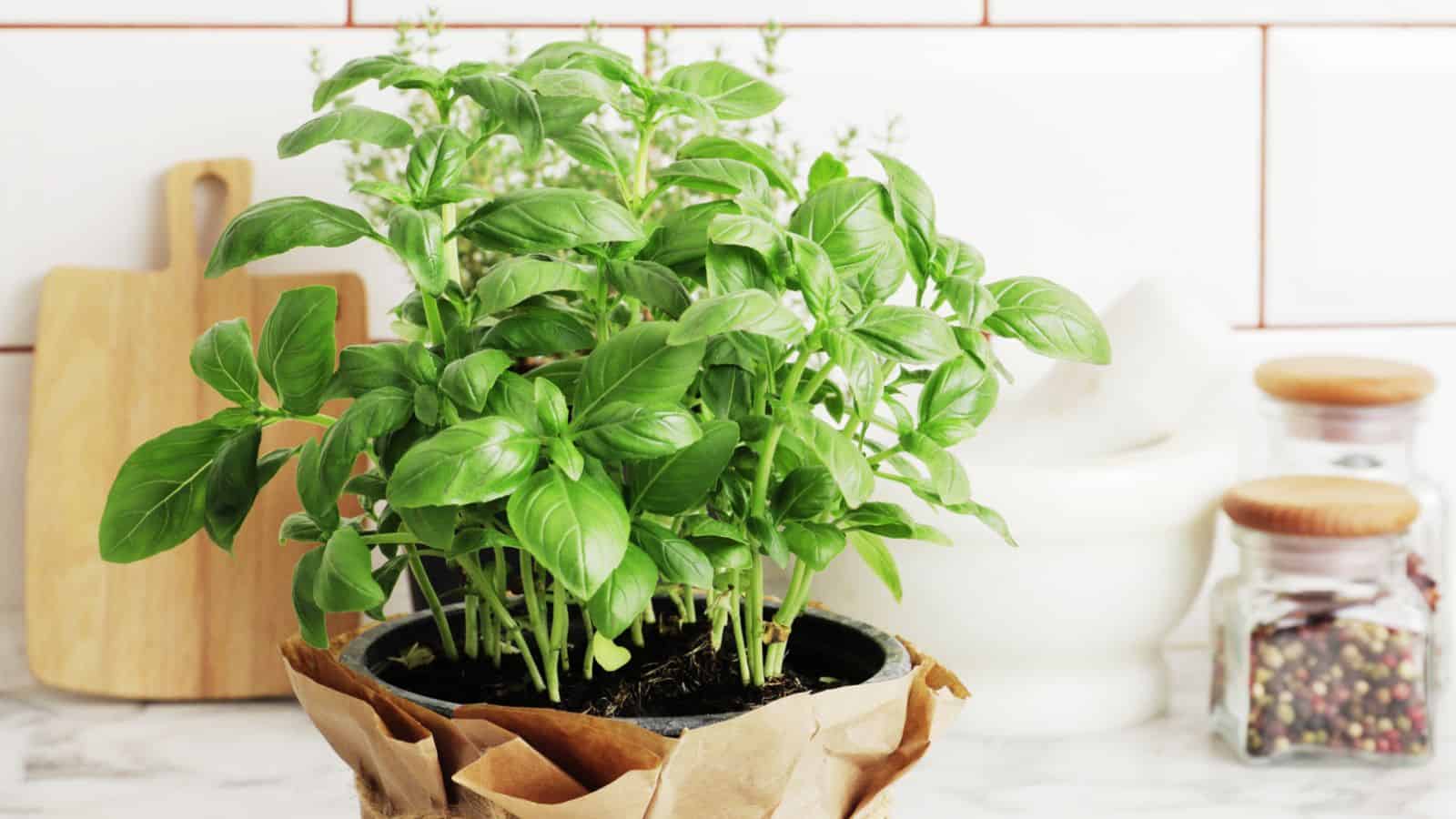
One of the most popular herbs to grow is basil, thanks to its delicious flavor and aroma. However, if you’re going to grow your own basil, you’ll need to know that it’s a sunshine-loving herb that needs plenty of space to flourish. When crowded, it’s prone to mildew, and limited airflow can impact leaf quality. So, give your basil ample room and moderate watering, and you’ll be able to keep its leaves tender and aromatic.
Parsley
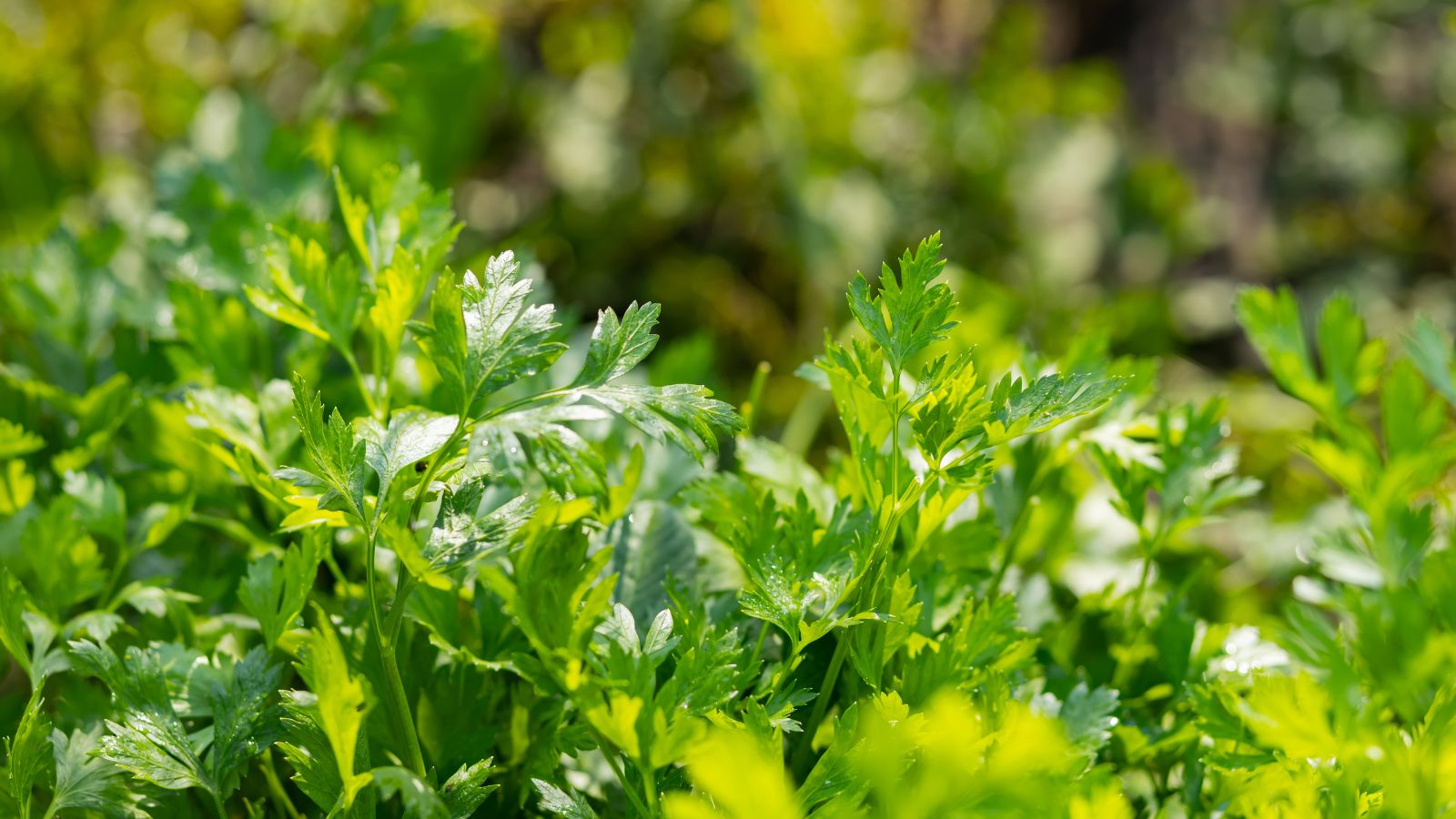
While parsley can handle full sun, it actually appreciates a bit of shade, especially in hotter climates. This partial shade can help prevent it from bolting, or flowering too early, which keeps the leaves flavorful. Therefore, if you’re in a warm area, giving parsley a break from the intense sun helps maintain its vibrant green and fresh taste.
Thyme
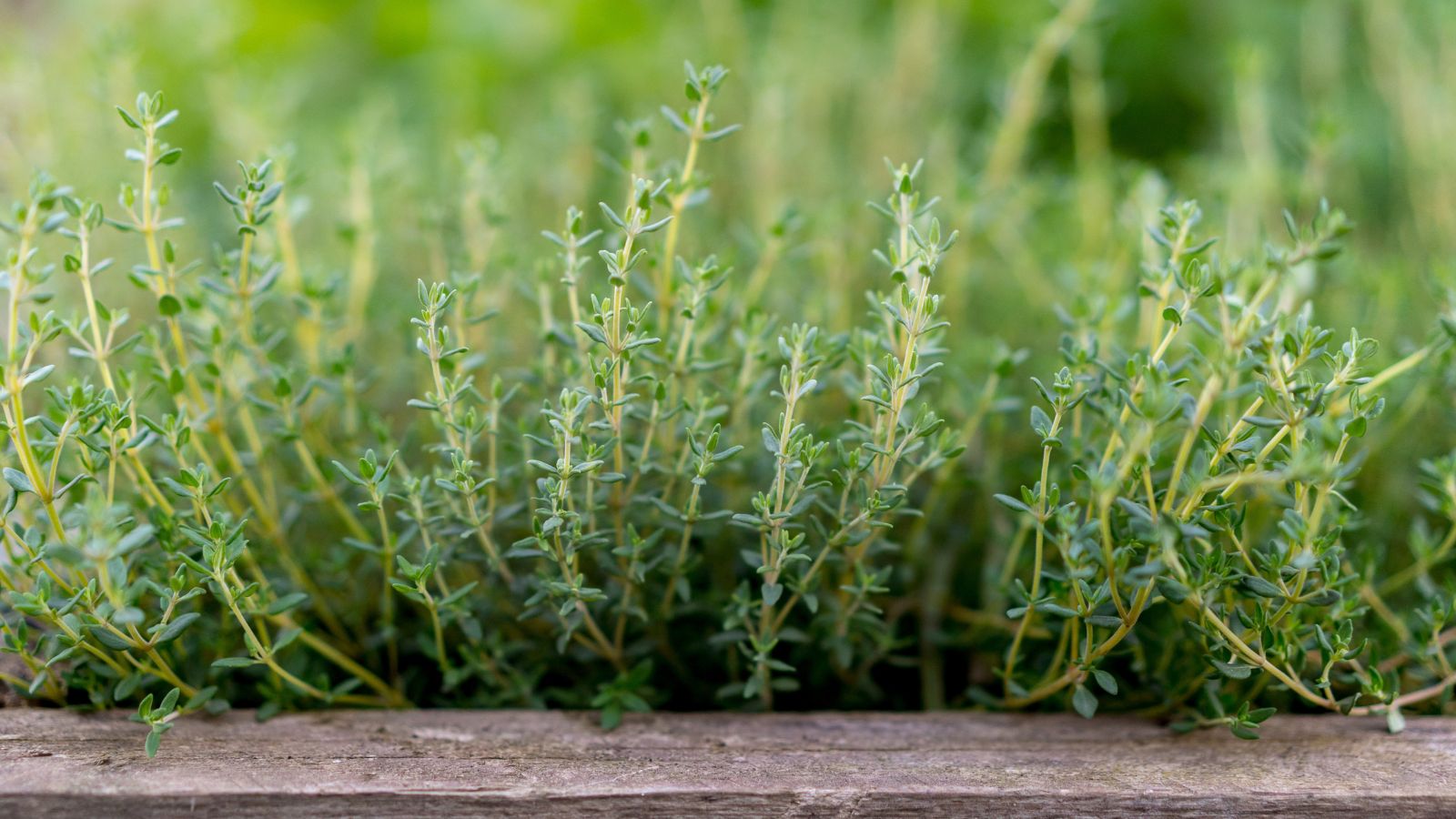
Another herb that needs special growing conditions is thyme. Sure, thyme is a tough herb, but it still depends on having well-drained, dry soil. Furthermore, it’s at its best in rocky or sandy soil, which prevents its roots from staying too wet. As long as you remember these important conditions, though, thyme is actually very simple to grow.
Cilantro
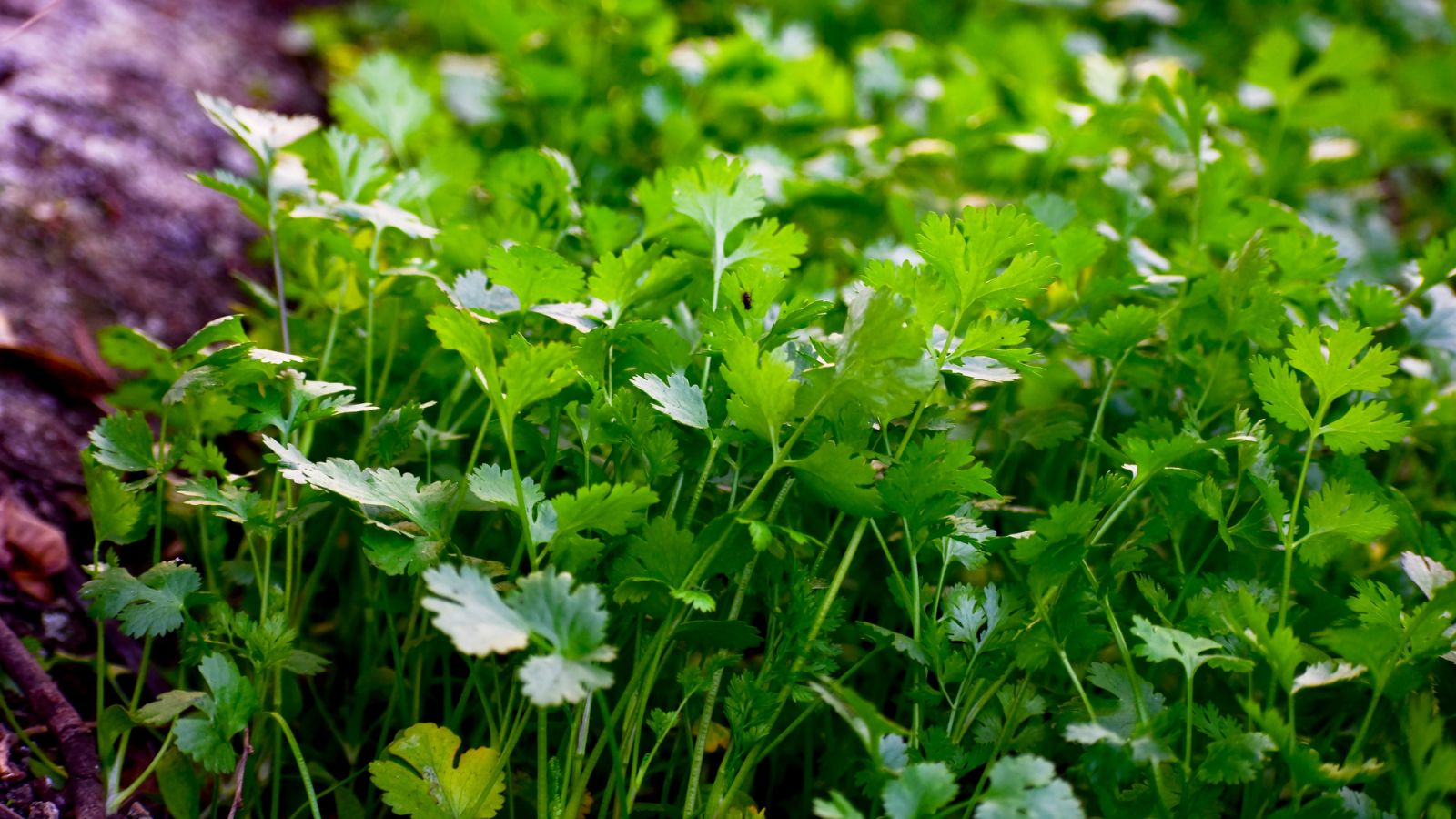
You’ll need to be careful when growing cilantro due to its delicate, fragrant leaves. They don’t fare well in high temperatures, as too much heat causes them to bolt, sending up flowers and turning the leaves bitter. You can still grow it in warmer climates, but you’ll have to place it somewhere where it can get a bit of afternoon shade, keeping it cool and flavorful.
Mint
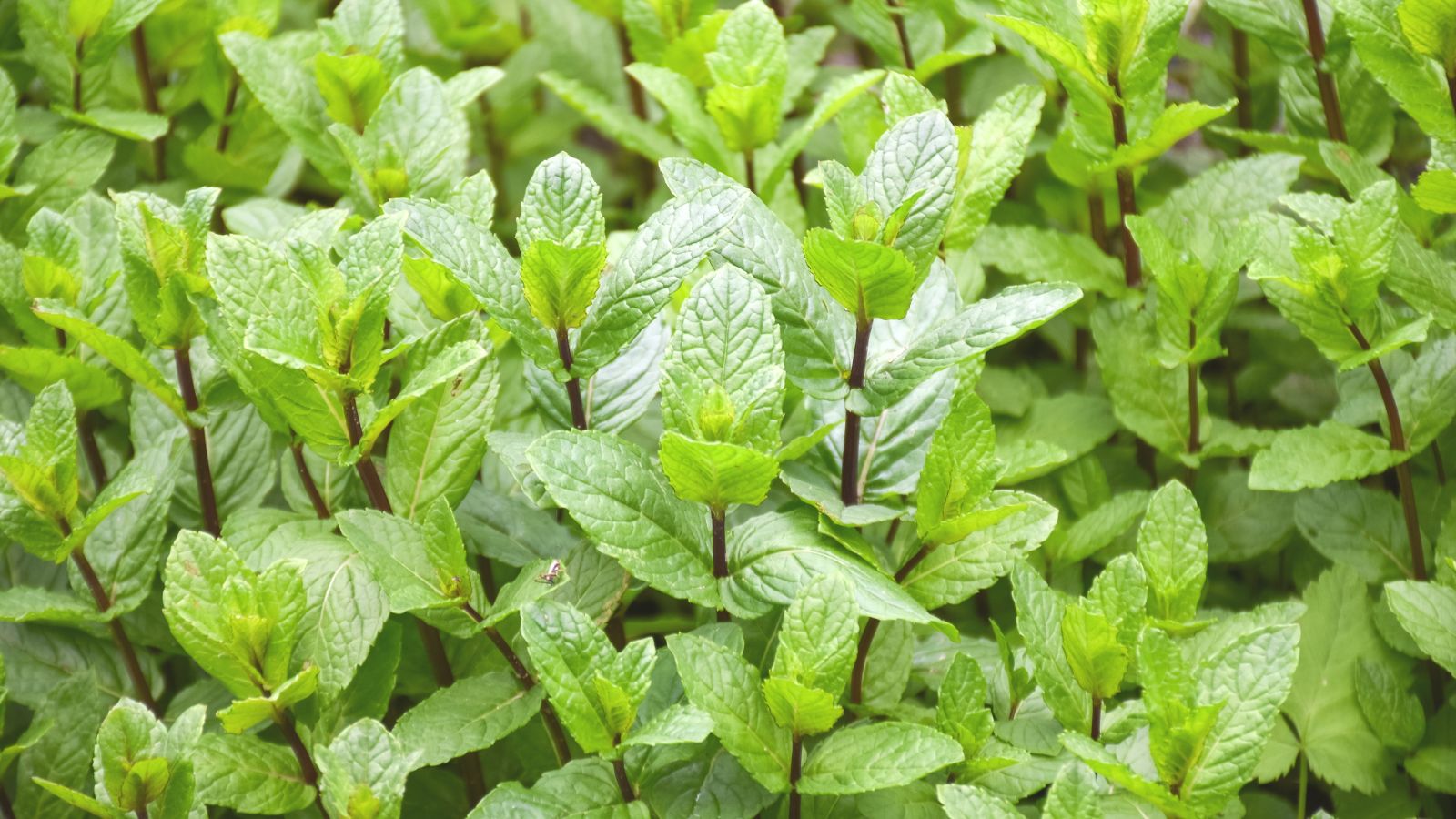
Mint has an aggressive growth habit that can quickly take over garden beds if not managed, and as much as you probably love mint, you won’t love it so much when it starts to dominate your whole garden. Because of this, it’s best planted in containers or with barriers to keep it from spreading into neighboring plants. When it comes to the sun, though, it thrives in both full sun and partial shade, so it’s not too difficult to take care of.
Oregano

In contrast to cilantro, oregano thrives in full sun, which brings out the robust flavor in its leaves. As long as you know this, it’s actually a low-maintenance herb thanks to its love for slightly dry conditions. Simply make sure it’s not getting too much shade, or you’ll end up with leggy and weak oregano, and nobody wants that.
Chives
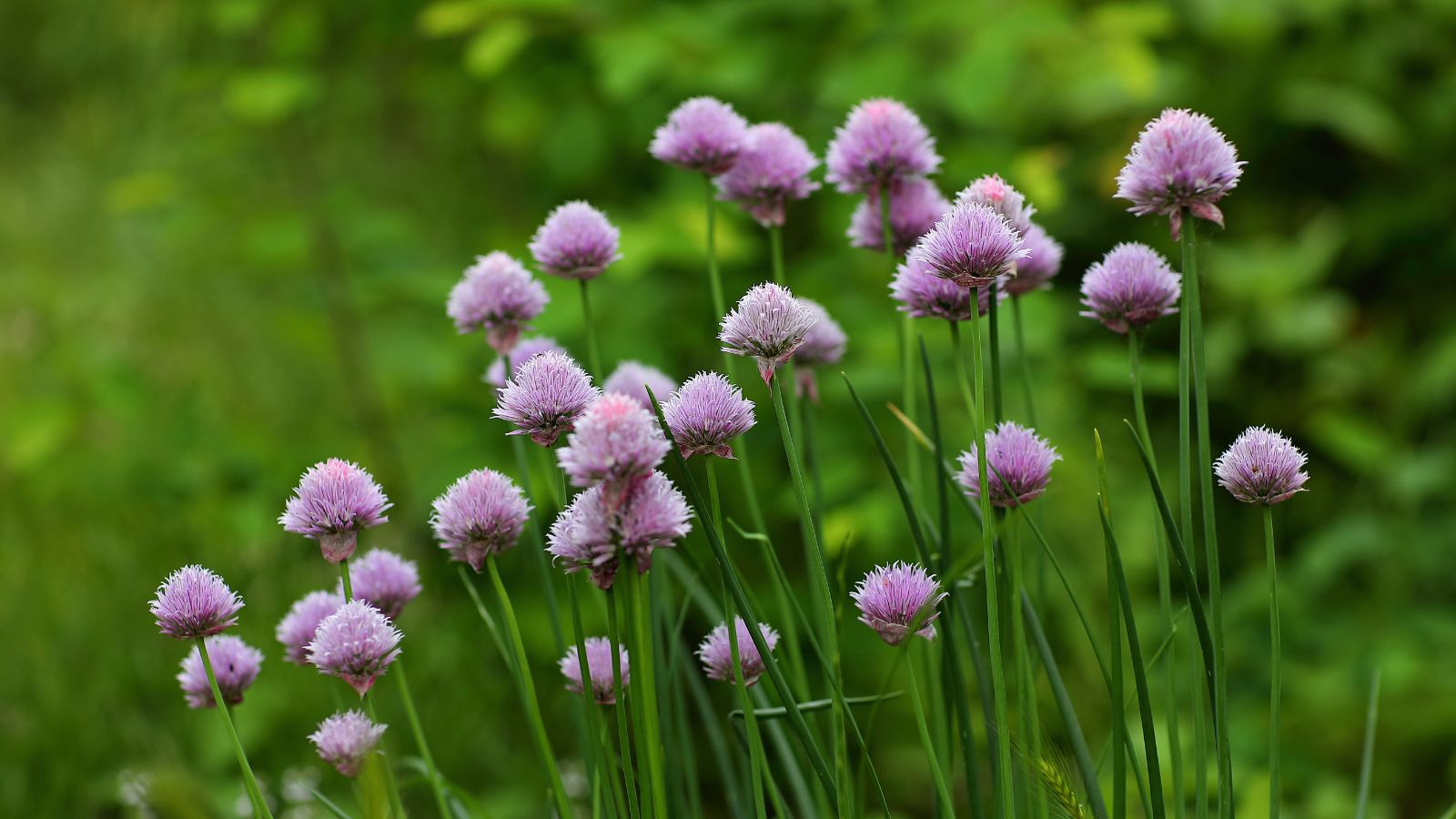
To care for chives, you’re going to have to trim them regularly, as frequent harvesting encourages fresh, tender shoots. This trimming also helps the plant stay bushy and full while enhancing its mild onion flavor, not to mention keeping its vibrant green stems and delicate purple flowers looking great.
Rosemary

You should never forget how important it is for rosemary to have good airflow to stay healthy, especially in humid environments where mildew can become an issue. In addition, you’ll have to prune it to encourage better circulation, helping to keep the plant robust and the leaves fragrant. In drier climates, mildew may be less of a concern, but maintaining space around rosemary still helps it stay healthy and productive.
Dill

If you’re new to gardening, it’s easy to fall into the trap of thinking that any plant can be transplanted. That’s not true, though, including in the case of dill, which has a sensitive taproot, making it tricky to transplant. Therefore, it’s best to sow dill seeds directly in the garden, where it can establish itself without disruption.
Sage
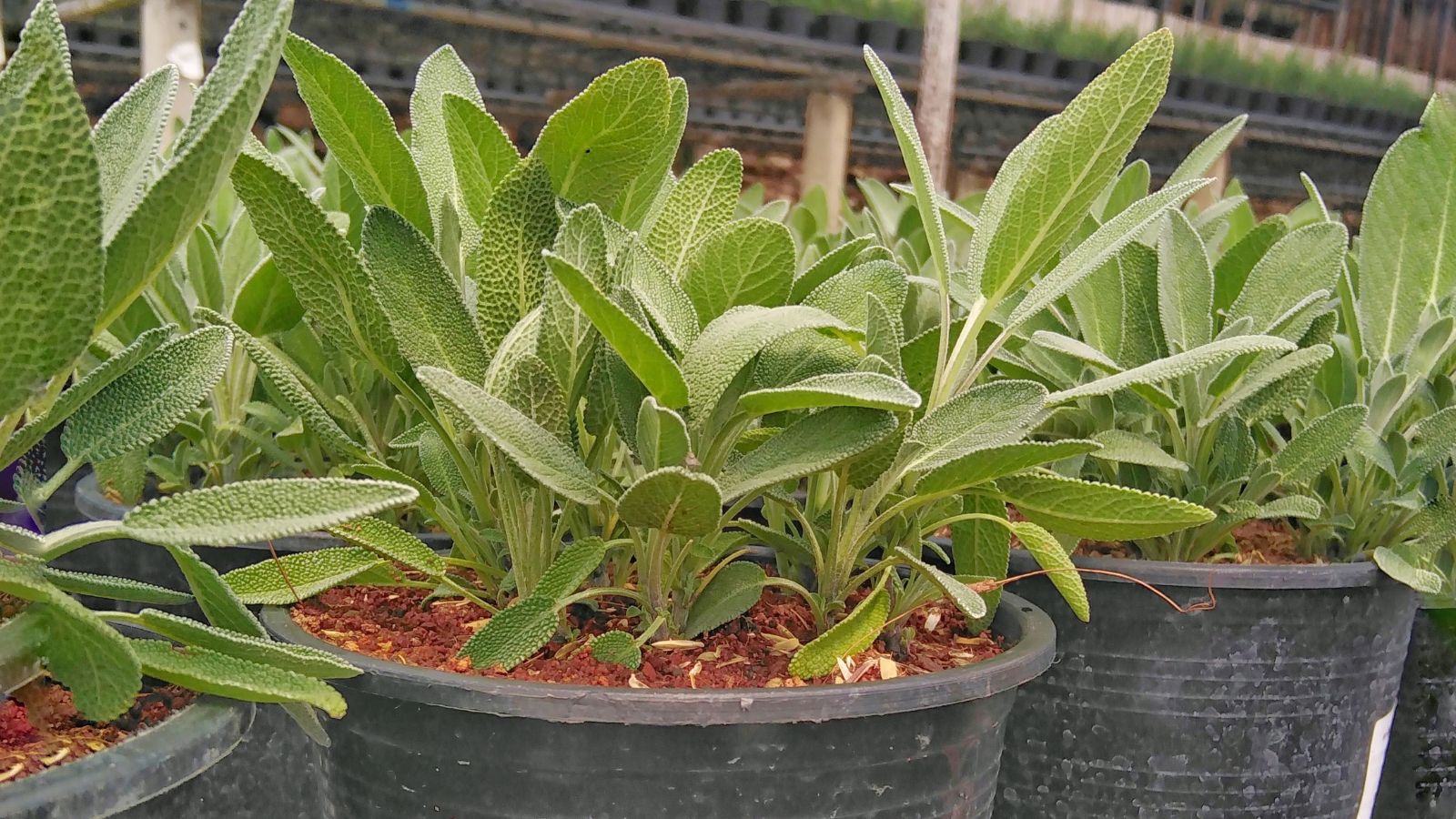
As with rosemary, pruning is essential for sage, as it prevents woody growth and encourages new, tender leaves to grow. Simply keeping on top of regular trimming will do wonders at keeping this herb lush and flavorful, enhancing its culinary quality. More still, sage prefers well-drained soil and a sunny location where it can grow strong and maintain its earthy, rich flavor in every leaf.
Tarragon
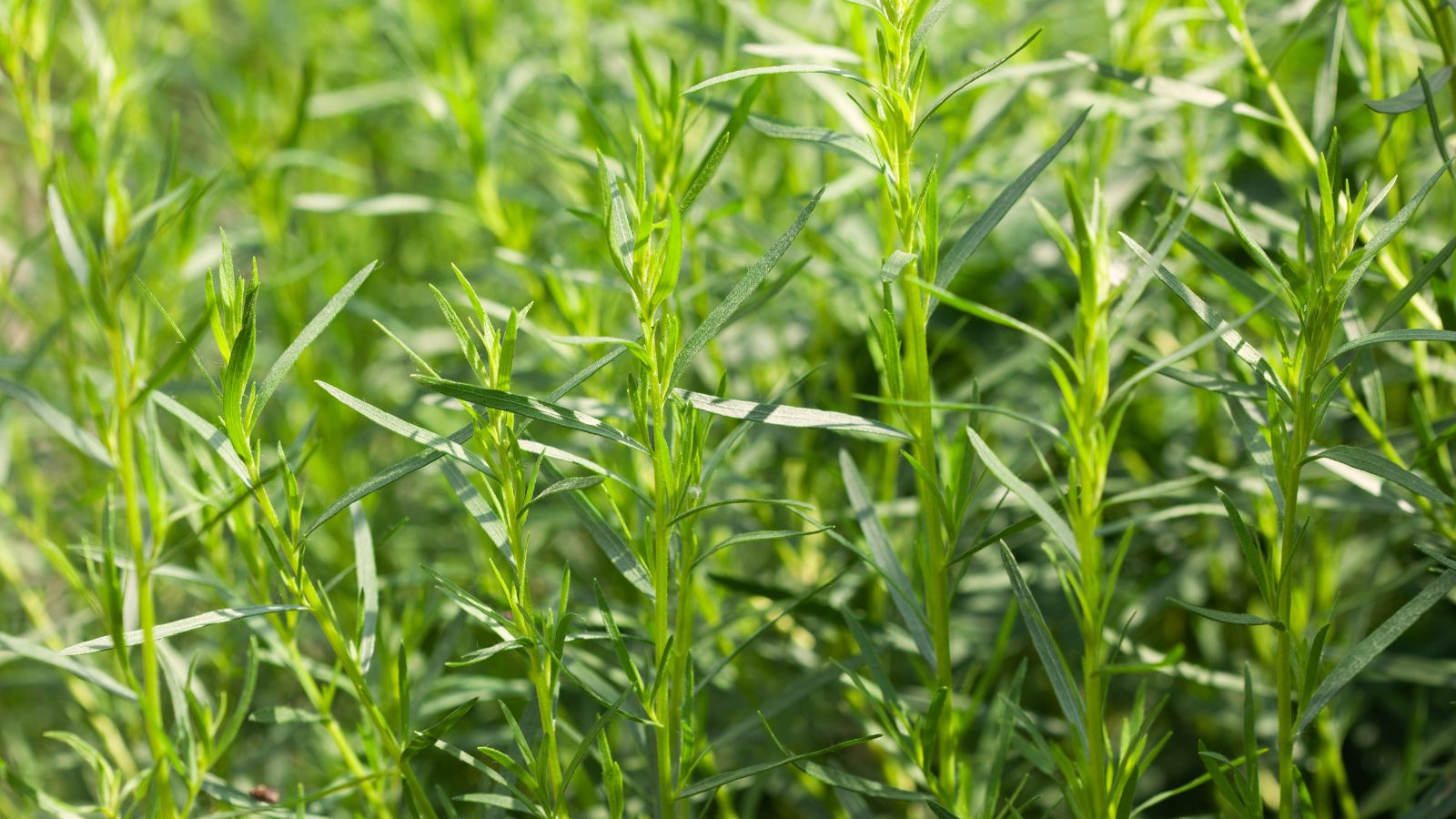
Tarragon appreciates a bit of shade, especially in hotter regions, as full sun can make its leaves taste bitter. In cooler climates, however, it can tolerate more sunlight. Just keep tarragon in partial shade during the hottest parts of the day, and you’ll be rewarded with its mild, licorice-like flavor.
Lemon
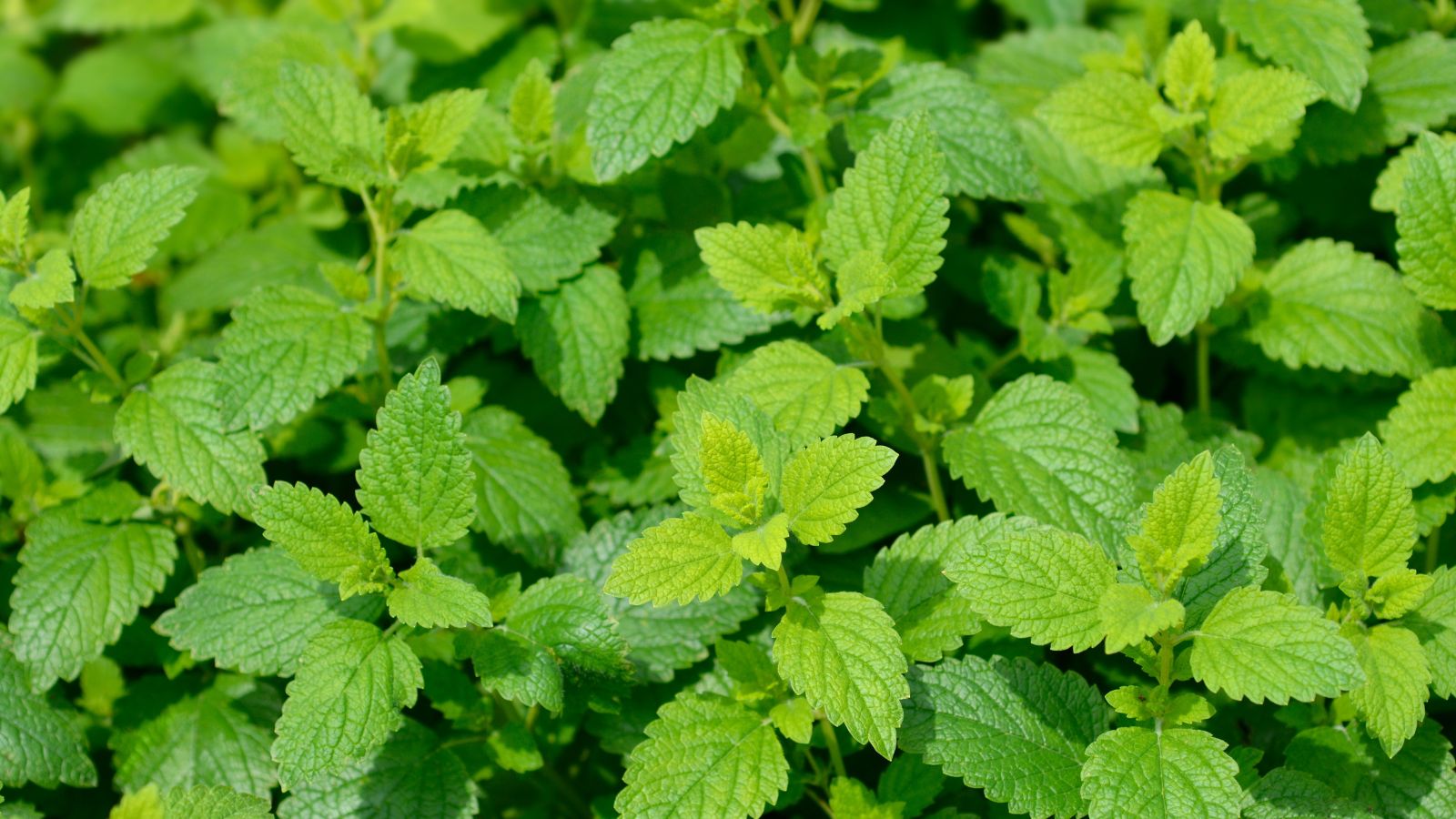
Lemon balm shares mint’s invasive tendencies, so you’ll need to keep on top of containing it securely to prevent it from spreading uncontrollably. Other than that, it does well in partial shade, which keeps its vibrant leaves tender and flavorful. So, just plant it in a container or a designated garden spot, and this will help you enjoy its lemony aroma without worrying about it taking over other herbs.
Marjoram
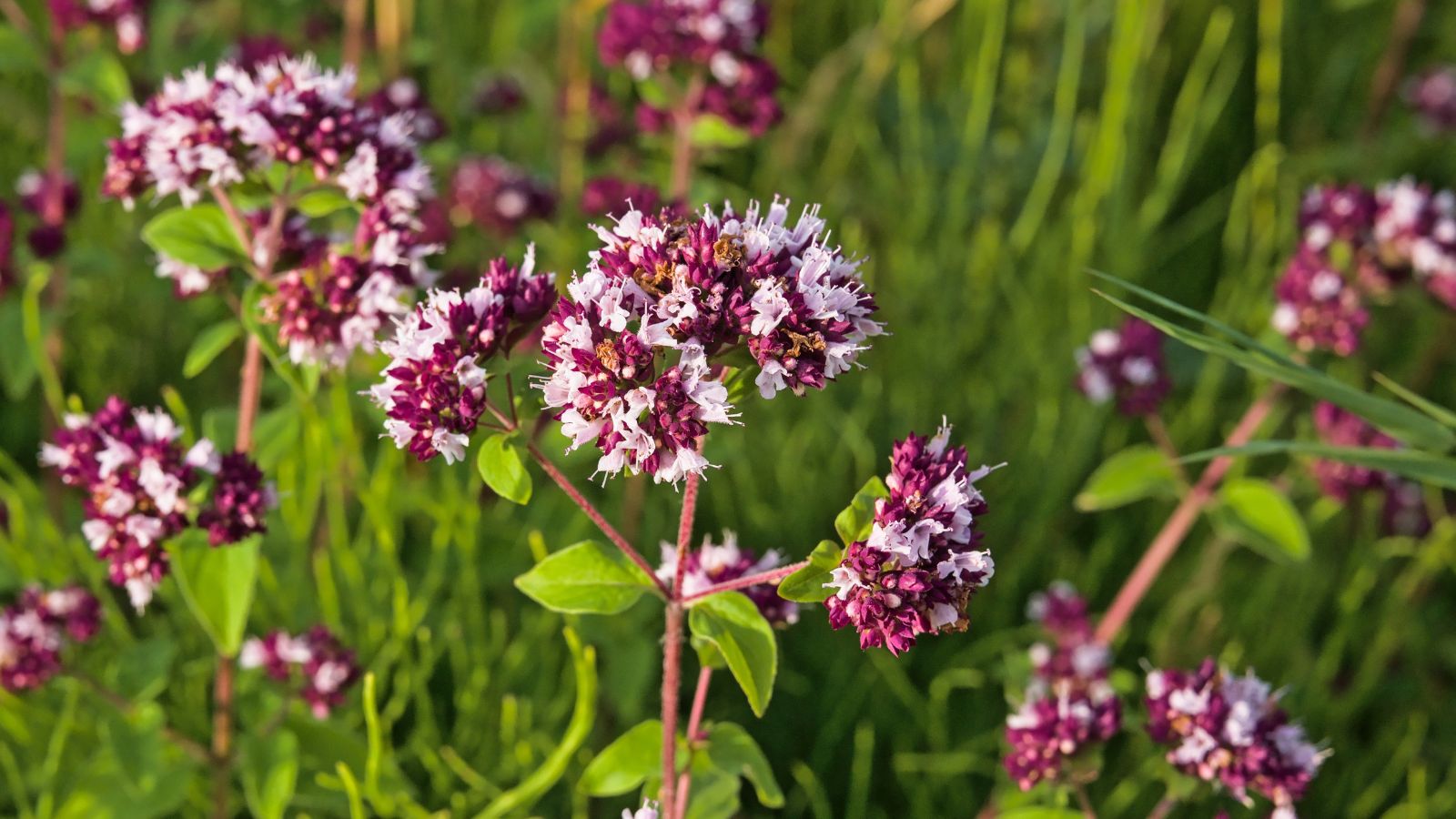
A close relative of oregano, marjoram prefers well-draining soil to maintain its delicate, sweet flavor. Ultimately, it does best in slightly drier conditions, which enhances its scent and taste. Meanwhile, in moist or heavy soils, marjoram can become waterlogged, but you can still do it–just plant it in sandy or rocky soil to keep it growing vibrantly.
Fennel
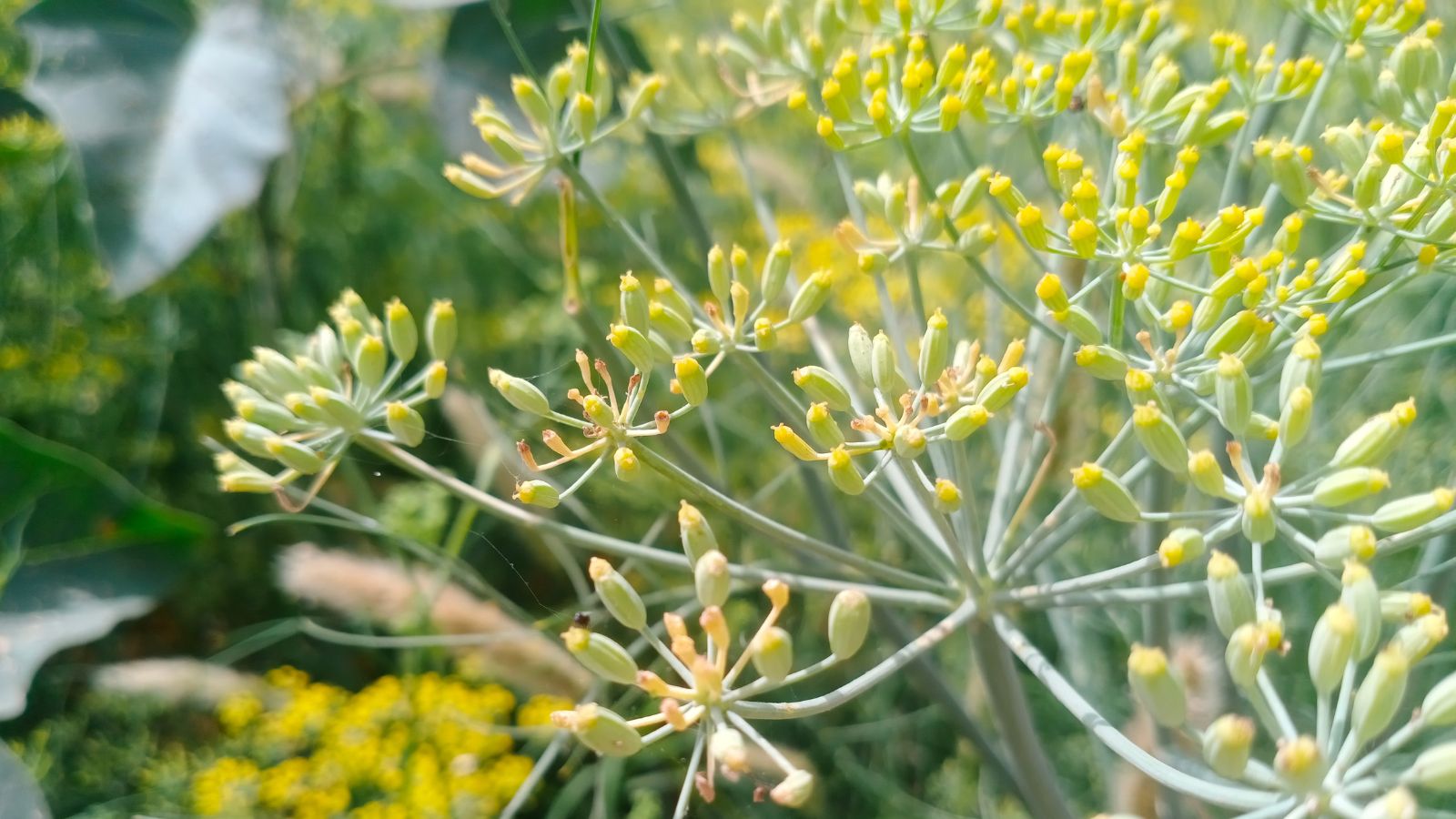
The allelopathic chemicals of fennel can inhibit the growth of nearby plants, so it’s best that you give it a spot all to itself. This solitary planting approach allows fennel to grow tall and produce its signature feathery leaves without competing with other herbs. Keep this in mind, and its strong aroma and unique taste will ensure that it’s a standout in your herb garden.
Lovage
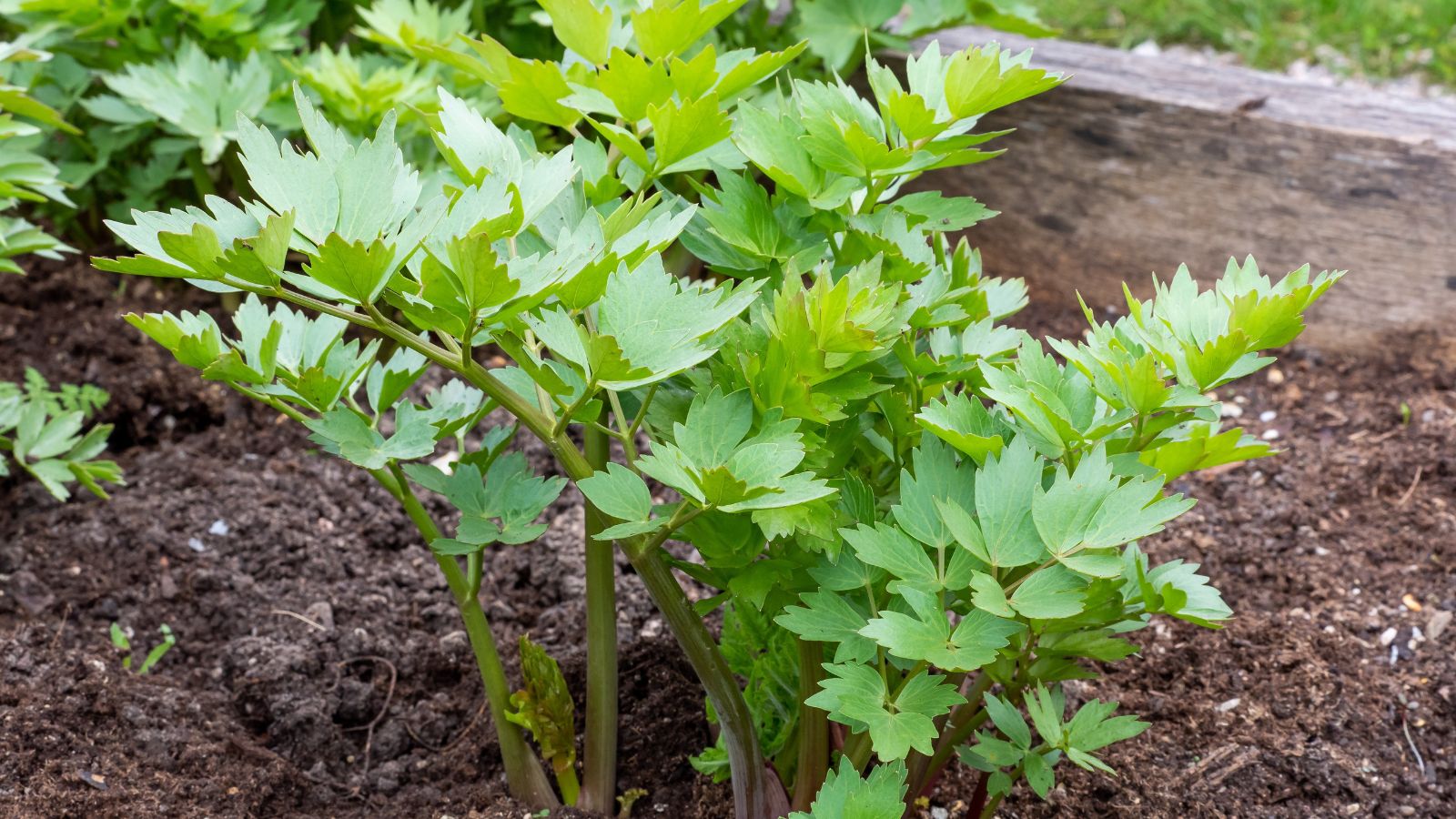
If you want to grow lovage, remember that this tall, robust herb needs plenty of space and sunlight. In nutrient-rich soil, it can reach impressive heights, rewarding you with a delicious flavor similar to celery. Bear in mind, though, that its size makes it unsuitable for small garden spaces, but as long as you have room, you’ll find growing it a rewarding experience.
Bay
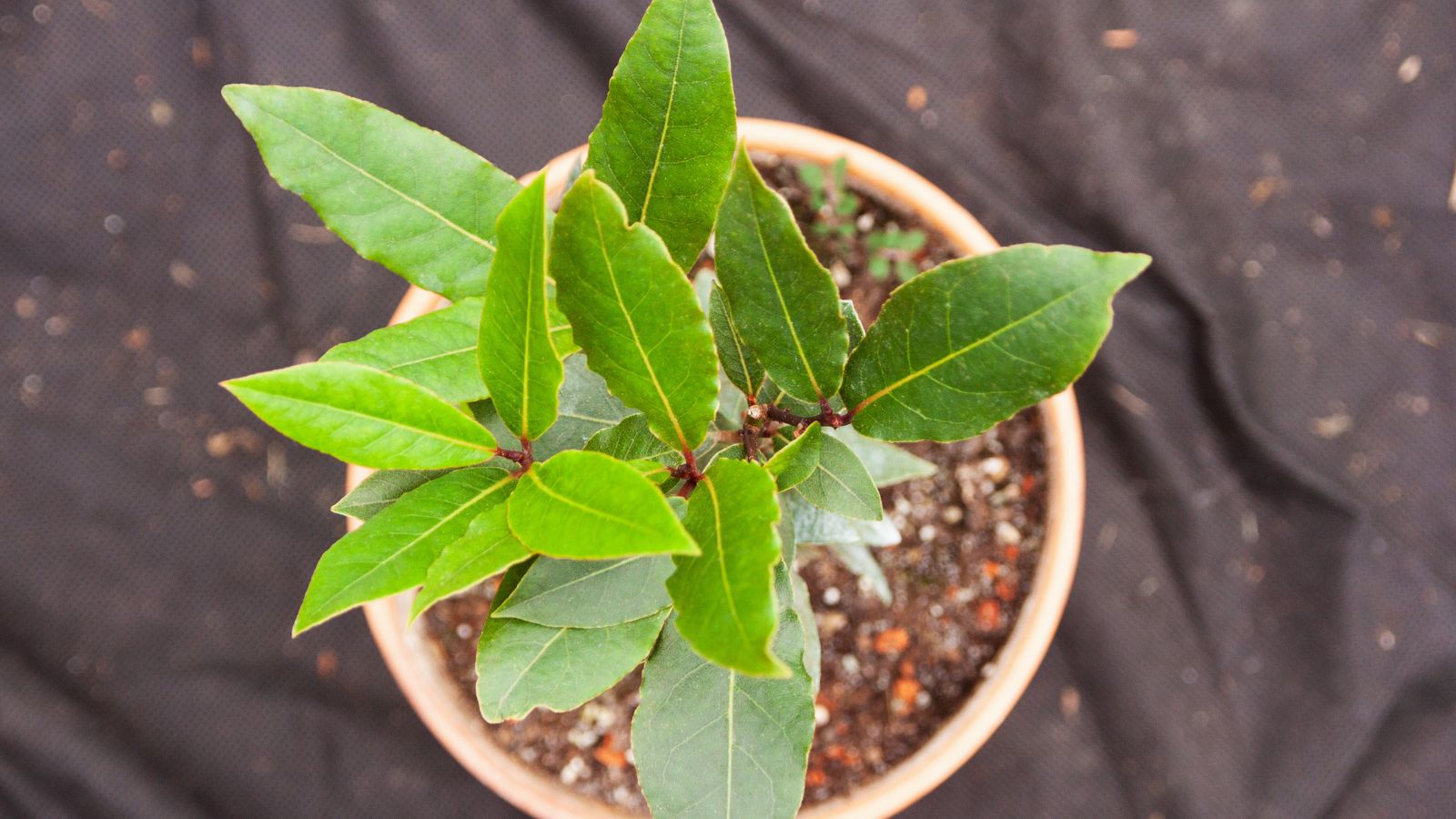
Last but not least, bay, a slow-growing herb, requires well-drained soil to grow at its highest standards, although it can tolerate some moisture as long as the soil drains well. Most importantly, patience is key, as bay plants take their time to mature, often reaching their full height over several years. For dedicated gardeners, though, the payoff is well worth it, resulting in aromatic bay leaves for cooking and seasoning.
